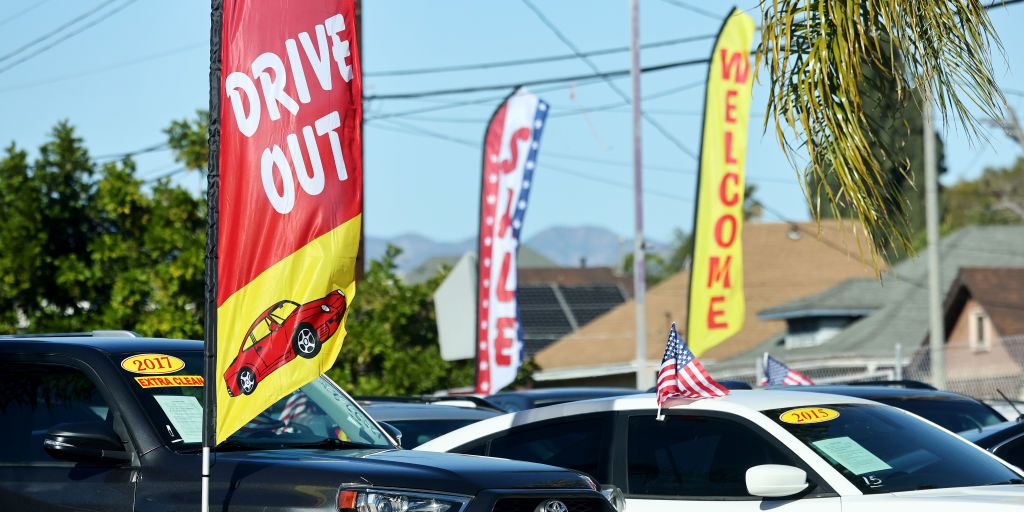Used Car Prices Ticked Up in January after Steady 2022 Declines

It’s a great time to buy a used car. No, it’s a terrible time to buy a used car. Maybe.Used-car prices started coming down from their pandemic-inspired highs in the latter half of 2022, then started climbing again in January 2023.We can’t tell you when the best time to buy is, but we can understand how lower prices pushed up demand and how that’s pushing up prices again. Where things go from here is unclear, sadly.
Used-car prices are fluctuating, jumping up in January after substantial drops over the course of 2022. Used cars were hot (read: expensive) throughout the pandemic, but things seemed to have calmed down last year. It’s difficult to know what’s around the corner, but at least we can make some sense of the past.
Used-Car Business Feeling a Hangover?
Just 10 days ago, the New York Times wrote that the pandemic’s used-car boom, along with the associated higher prices, is “coming to an abrupt end” as the used-car business suffers a “brutal hangover.” According to the Times, “Americans, especially people on tight budgets, are buying fewer cars as interest rates rise and fears of a recession grow. And improved auto production has eased the shortage of new vehicles. As a result, sales and prices of used cars are falling and the dealers that specialize in them are hurting.”
Arm Yourself with Some Knowledge
December was the sixth consecutive month for used-car price drops, according to the consumer finance site Nerdwallet, which wrote about the decline in used-car prices in recent months. In fact, December was the sixth consecutive month for used-car price drops, and 2022 ended with used-car prices 8.8 percent lower than they were at the start of the year. That’s the largest annual decrease in used-car prices since June 2009, the last month of the Great Recession, Nerdwallet said.
The direction of the trend changed in January, when wholesale used-vehicle prices went up 2.5 percent (1.5 percent without making seasonal price adjustments) compared to December, according to Manheim Consulting. Manheim issues a monthly Used Vehicle Value Index and regular Manheim Market Reports, and that kind of regular insight allows the group to note that the January price increases “were not typical” and ended up pushing the index value of three-year-old cars up 1.2 percent over the last four weeks. In most years, January values reported by the Manheim Market Reports “are typically little changed,” Manheim wrote.
Used Cars Are Moving Faster off Lots
The daily sales conversion rate in January was also “above normal for the time of year,” at 59.4 percent. Pre-pandemic, in January 2019, the daily sales conversion rate averaged 57.7 percent. Manheim takes that as meaning “Sellers [have] more pricing power than what is typically seen for this time of year.” You can see strong customer demand in other numbers, too, with Manheim estimating that used retail sales were up 16 percent in January compared to December and up 5 percent year over year. Used cars are spending less time on dealer lots, too, with January’s overall average being just 44 days, compared to 56 in December and 60 in January 2022.
So, what’s going on here? The ups and downs might have a straightforward cause. CNBC suggests that all we are seeing here is a simple game of supply-and-demand example that allows both of the reports to be true. The Times correctly notes that demand slowed in January, and that then pushed used-car prices down. These lower prices created fresh demand for used vehicles which “led to the largest increase in wholesale values since late 2021,” CNBC writes. And that opens up interesting questions about where things go next.
This content is imported from poll. You may be able to find the same content in another format, or you may be able to find more information, at their web site.







